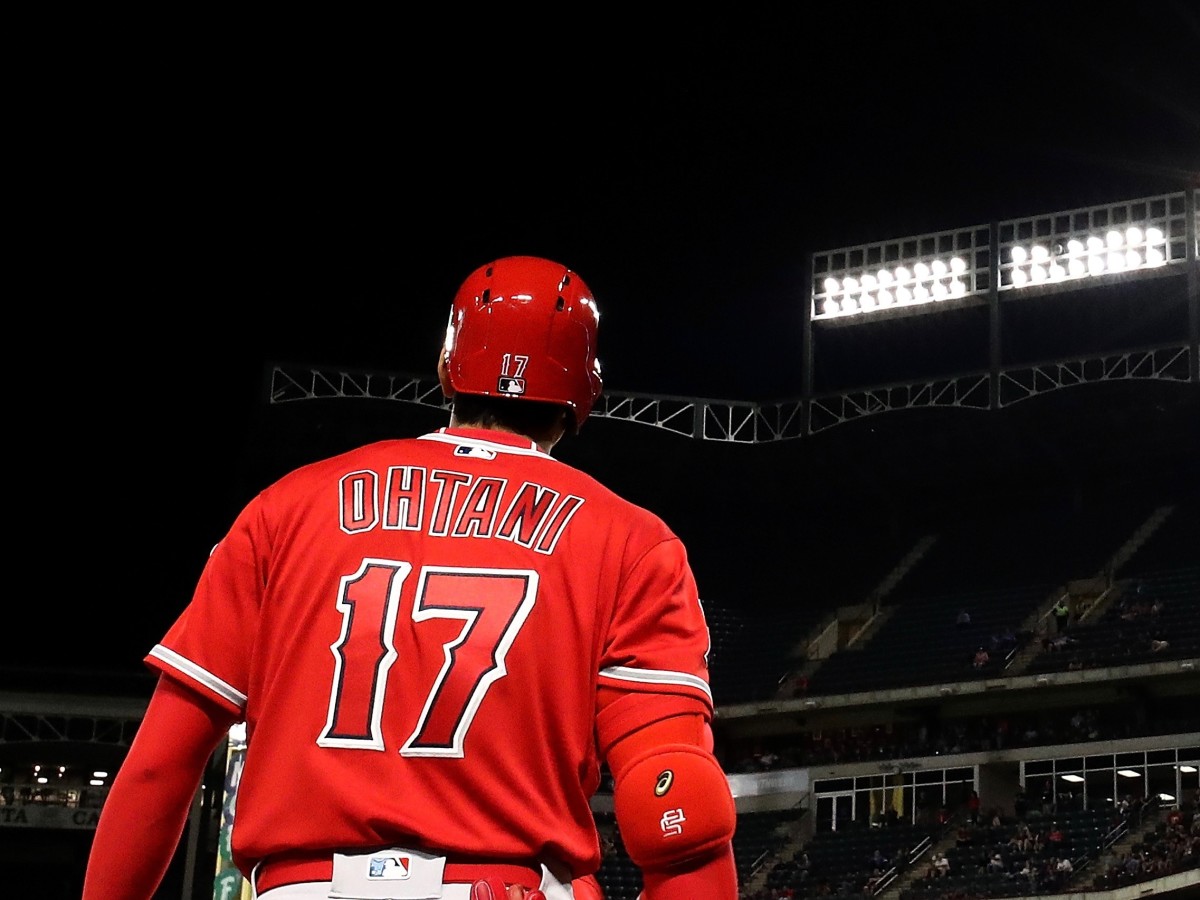It's Not too Early to Call the Breathtaking Shohei Ohtani a Big League Phenomenon

If Cooperstown, N.Y., is the unofficial home of baseball mythology, Williamsport, Pa., is the safe house of baseball idyll. Here in our mind’s eye we perpetually keep baseball so pure and joyful that no fork in the road yet divides pitching and hitting. Here, at the home of the Little League World Series, where the talent range is as vast as the early-growth Gullivers to the dandelion-picking rightfielders is the last refuge of the original, unspecialized game.
Therein lies the magic of Shohei Ohtani, 23, the fresh-faced, lithe, two-way sprite of the Los Angeles Angels. He has become the biggest sensation in baseball in just his first two weeks in the majors. He did so not by pushing the game forward with innovation but by pulling it back to its halcyon roots.
“It’s amazing,” says his pitching coach, Charles Nagy. “It really is.”
Major League Baseball today, like law, medicine, music, art and virtually all human pursuits, is the vanguard of specialists. Hitters define themselves by carefully honed launch angles while trying to defeat intricately aligned defensive shifts behind an ever-expanding coterie of matched-up relievers. It is a game overpopulated with Joe Smiths—the appropriately named archetype reliever who throws only two pitches, gets paid $7 million to face three or four batters at a time and has batted twice in 704 career games.
Piercing this cold, clinical game of specialists like a brilliant shaft of sunlight is Ohtani, the da Vinci of ballplayers. Long before expertise narrowed, Leonardo was a painter who also excelled at sculpting, architecture, engineering and more.
In baseball you have to go back 100 years to find such a polymath—to George Herman Ruth, the last man to hit home runs between starts on the mound. The Babe was the starting pitcher in 28 games and hit 34 home runs from May 6, 1918, to Sept. 1, 1919—a 227-game span with the Red Sox—before yielding to the mental and physical grind and pursuing exclusively his first love of hitting.
Ruth’s best two-week run of his two-way play was his last. He completed and won his two starts, while hitting .327 with five homers and 17 RBIs in 16 games. What Ohtani did was even more impressive—unprecedented even—because he did so at the start of his big league career. On the mound he joined Karl Spooner (1954), Juan Marichal (1960), J.R. Richard (1971) and Stephen Strasburg (2010) as the only pitchers to win their first two starts while striking out a total of 18 or more batters. Ohtani is the only one in that group to walk only two hitters.

In the batter’s box, Ohtani is one of eight players with 11 hits and 11 RBIs in their first eight games.
Baseball has never seen anybody step into the majors like this. It is not just unprecedented by numbers but also by skill. Ohtani’s talents are breathtaking. He has hit the ball harder than all but two major leaguers (average exit velocity: 96 mph) and throws it faster than all but Luis Severino and Noah Syndergaard (average fastball velocity: 97.1 mph). He also throws a freakish split-finger fastball that is unhittable. (Batters are 0-for-19 against it.) That he does so with enthusiasm and humility burnishes the Williamsport effect of his old-world, outlier play.
Asked to identify what has impressed him most, Nagy says, “His enthusiasm. He works hard and when he leaves he studies hard. He loves everything about baseball. It’s obvious that he’s doing something that he loves. He’s not in awe of anything.”
In 1920, coincidental to Ruth concentrating on hitting, The Corporation Journal lamented this about U.S. employment: “This is an age of specialization ... Even in the professions, law and medicine, the general practitioner is to an extent being replaced by the specialist.” In 1968, Syracuse football coach Ben Schwartzwalder made headlines by replacing his burly linemen with a “hands team” to guard against an onside kick—a “special-special team,” he called it.
In 1986 the late paleontologist Stephen Jay Gould, a polymath himself, famously said that .400 hitters were disappearing because the standard deviation of talent was shrinking as the player pool grew larger and more skilled. With more Gullivers and fewer dandelion-pickers, it was becoming harder to stand out.
By all rights and trends, the wonder of Ohtani should not even be possible. Not today. Nobody should pitch and hit. And if someone did, the surprise should be as Samuel Johnson considered a dog walking on its hind legs: not that it’s done well, but that it’s done at all. And yet Ohtani is among the best in the game at both disciplines.
The ancient Greeks used the word phainein to mean “to appear,” or “to show.” From that root in the late 16th century came the Latin word phaenomenon. And from that word, via Japan, appears Ohtani, a beautiful apparition unlike anything else we’ve seen. In the light of his talent we find a forgotten piece of our 12-year-old selves, believing anything is possible. ±
